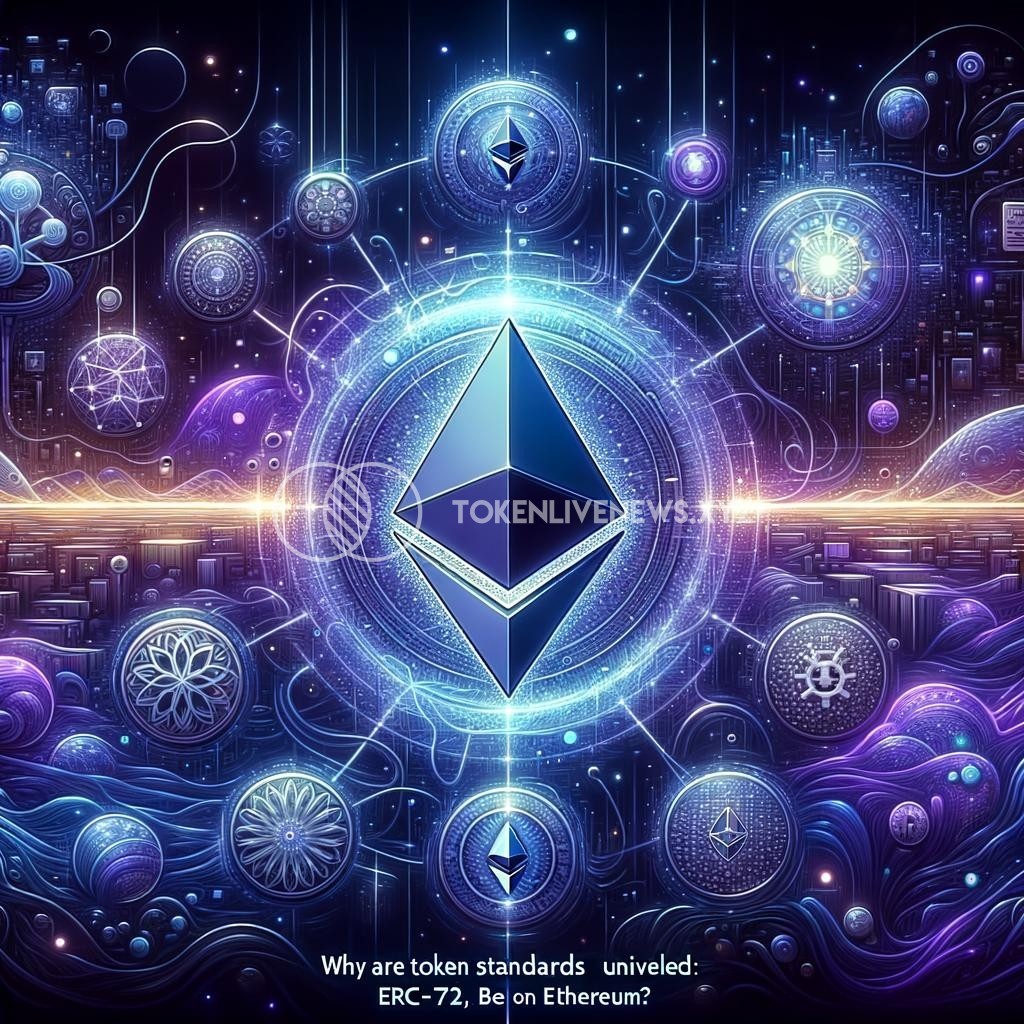Token standards have played a pivotal role in the growth and development of blockchain technology, particularly on the Ethereum platform. These standards provide a framework for creating and managing digital assets, enabling seamless interoperability and functionality amongst various applications. In this article, we explore the significance of token standards and delve into some of the most influential ones, such as ERC-20 and ERC-721, as well as the potential future standards that might emerge on Ethereum.
Token standards, at their core, define the rules and guidelines for creating and managing tokens on a blockchain network. They ensure that tokens behave in a consistent and predictable manner, allowing developers to build decentralized applications (dApps) that can interact with these tokens seamlessly. The establishment of token standards has been crucial in fostering innovation and enabling the creation of diverse and complex applications on Ethereum.
One of the most widely known token standards on Ethereum is ERC-20. This standard, introduced in 2015, has revolutionized the way digital assets are created and managed. ERC-20 defines a set of functions that tokens must adhere to, including transferring tokens between users, getting the total token supply, and checking an account’s token balance. This standardization has been instrumental in enabling the seamless integration and compatibility of various tokens across different dApps and wallets.
Another notable token standard on Ethereum is ERC-721, which introduced the concept of non-fungible tokens (NFTs). While ERC-20 tokens are fungible and can be exchanged on a one-to-one basis, ERC-721 tokens are unique and indivisible. NFTs have transformed the way we perceive ownership and digital scarcity, opening up new possibilities in areas such as digital art, collectibles, and gaming. Each ERC-721 token represents a distinct item, with its own set of properties and characteristics.
While ERC-20 and ERC-721 have significantly impacted the blockchain industry, the Ethereum community continues to evolve and innovate, leading to the emergence of new token standards. One notable example is ERC-1155, which combines the best of both ERC-20 and ERC-721. ERC-1155 allows for the creation of both fungible and non-fungible tokens within a single contract, offering greater flexibility and efficiency for developers. This standard has the potential to revolutionize how multi-token contracts are implemented and utilized.
Looking ahead, it’s conceivable that Ethereum will witness the unveiling of more token standards as it evolves and matures. These standards could address various challenges and limitations faced by existing standards, further expanding the use cases and possibilities of blockchain technology. With the rapid growth of decentralized finance (DeFi), for instance, there is a rising demand for standards that can facilitate seamless interoperability amongst different financial protocols and services.
In conclusion, token standards have played a crucial role in the development of blockchain technology, particularly on Ethereum. ERC-20 and ERC-721 have paved the way for the creation and adoption of fungible and non-fungible tokens, respectively, unlocking new potential in various industries. As Ethereum continues to evolve, we can expect the introduction of more token standards, addressing specific needs and driving innovation in the blockchain space. These standards will shape the future of decentralized applications and pave the way for a more interconnected and efficient digital ecosystem.







